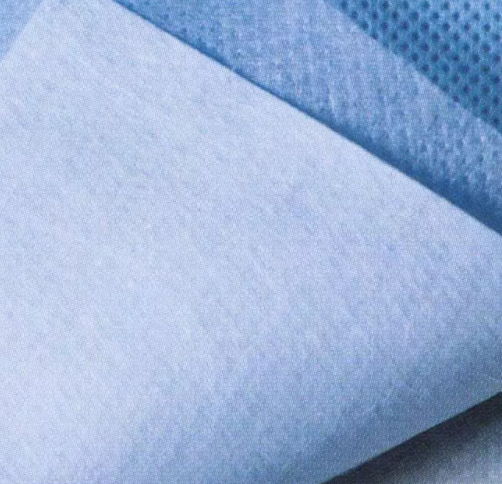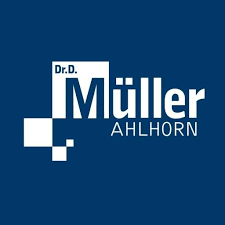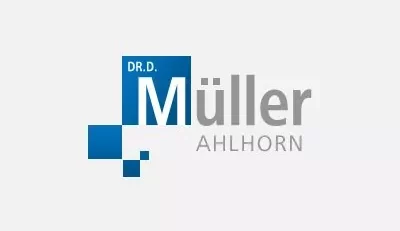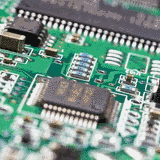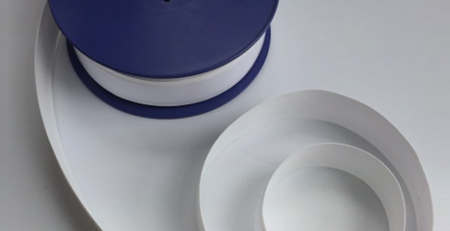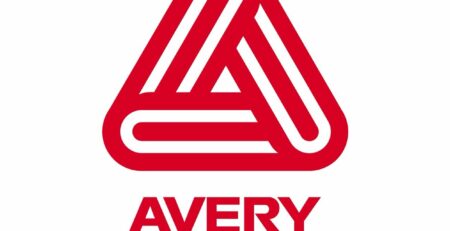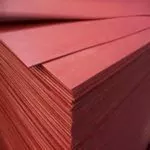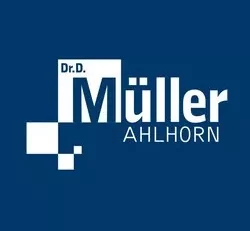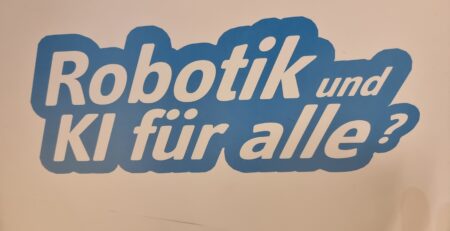Nonwovens: Materials, Technologies & Applications
Nonwovens today are much more than just a fabric. Nonwovens are used for numerous purposes in numerous markets such as the automotive or clothing industry, in construction or in the medical sector. It is also used in the electrical industry: as phase insulation in the manufacture of electric motors, as a resin carrier in laminates or as layered insulation in the manufacture of transformers.
Advantages of fleece
In principle, fleece as a technical textile offers many advantages. Due to its composition of different fibers, the material can be adapted to its later application in terms of composition, fiber bonding and manufacturing process. Spunbonded nonwovens, for example, are suitable as a material for the production of numerous hygiene items such as baby diapers or bandages, but also for technical applications or the construction industry.
Production of non-woven fabrics
Nonwovens are manufactured using innovative technologies and, depending on the production process, are perfectly tailored to the needs of the respective application areas. The product portfolio includes numerous technical textiles and fabrics - including nonwovens such as staple fiber nonwovens, spunbonded nonwovens, meltblown nonwovens or wetlaid nonwovens.
Differentiation of nonwovens
There are 4 types of fleece:
- staple fiber webs
- spunbonded
- meltblown nonwovens
- wet webs
About the different fleece types:
staple fiber webs
Staple fiber webs are used for technical textiles with high elasticity and variable basis weight. Staple fiber webs are made from staple fibers that are usually bought in by nonwovens manufacturers. These fibers are opened and mixed before processing. Webs are formed on cards with rotating rollers. If high basis weights are to be achieved, compensating stackers are used.
Depending on the application, a wide variety of raw materials can be processed, eg synthetic fibers including viscose as well as natural, glass and carbon fibers.
Raw materials for staple fiber webs
Synthetic fibers including viscose, natural, glass and carbon fibers.
meltblown nonwovens
Meltblown nonwovens are very fine, melt-spun microfibers for a wide variety of applications. The meltblown process is similar to spunbond technology. At the nozzle tip, a hot stream of gas flows around the extruded, molten polymer at high speed. The turbulent flow of hot gas below the nozzle scatters the filaments from about 500 microns below the nozzle to about 1 micron on the collection belt.
Compared to spunbond technology, the required polymer melt flow index (MFI) is very high and the throughput through the single spinneret is very low. The low throughput due to very small nozzle holes and the high melt index form the basis for spinning very fine fibers.
spunbonded
In contrast to staple fiber nonwoven technology, the costly first process step of fiber spinning is no longer necessary with spunbond technology. In this process, synthetic polymers are extruded as granules with different geometries. The molten polymer, mainly polypropylene, polyester or polyethylene, is spun into continuous filaments using spinnerets.
These filaments are first cooled under the spinnerets and stretched with air and finally deposited on a collection belt - a process that runs continuously. In this process, polyester has to be spun at higher speeds than polypropylene in order to achieve the desired quality characteristics such as titre, strength, elongation and shrinkage.
wet webs
Here, staple fibers with a staple length of up to 12 mm are dispersed in water in large tanks, often mixed with viscose or cellulose. The water-fiber-pulp dispersion is then pumped onto an inclined screen and continuously separated. The water is extracted, filtered and returned to the process.
In addition to synthetic fibers, glass, ceramic and carbon fibers are also used in this process. In order to distinguish wetlaid from paper, wetlaid must process more than 30 percent by weight of fibers with an aspect ratio greater than 300.
Contract cutting and cutting of fleece
We cut nonwovens from all manufacturers into narrow rolls on our slitting lines.
